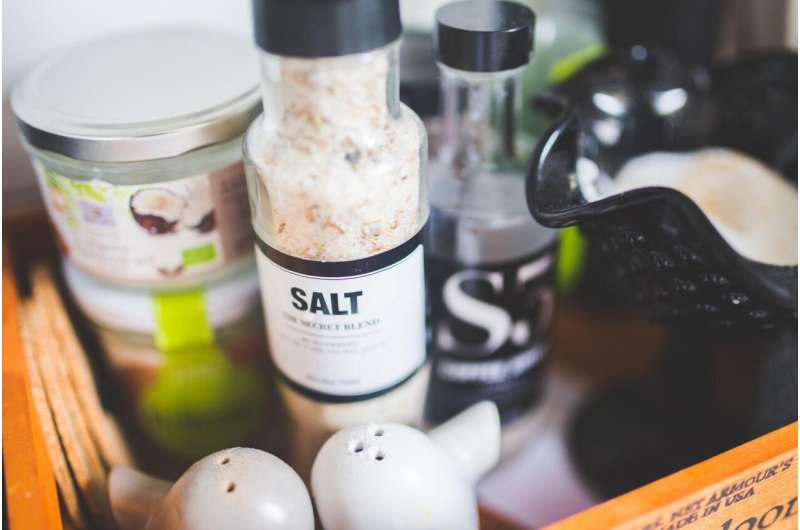Unfortunately, there is probably much more than just salt in your saltshaker, as microplastics have been repeatedly found in different types of table salt all over the world. Credit: Incheon National University
Just as environmentally conscious scientists predicted, our excessive use of plastics is coming back to bite us. Microplastics (MPs), plastic particles smaller than a few millimeters, can now be found everywhere, but more so in seawater. As expected, MPs are harmful to both environment and health, although their exact effects are unclear.
To get a better grasp of the extent of the MP problem, it is necessary to quantify how much we are exposed to them. Table salt has been shown to contain MPs, making it an ideal study target to gauge human exposure to MPs. Although many studies have measured the concentration of MPs in different edible salts, each research group used vastly different methodologies of quantification, causing much variability between the results, and calling into question their validity.
To address this problem, in a study published in the Journal of Hazardous Materials, scientists from Incheon National University, Korea, conducted a systematic review of all published papers on MPs in table salt and analyzed the differences between their methodologies and results in detail.
They found that the concentration of MPs in edible salt according to the literature varied quite a bit, and that measurement and sample-preparation procedures of each study were causing these differences. However, the largest differences were caused by the methods used to identify MPs, the minimum cut-off size and the criteria for the selection of particles. Professor Seung-Kyu Kim, who led the study, explains: "When not corrected by different measured minimum MP cutoff sizes, MP content differed from 10 to 600 times among different MP identification methods, with greatest values originating from visual observation and followed by spectroscopy methods." Meanwhile, the scientists found a notable correlation between logarithmic mean abundances of MPs and minimum cut-off size used, regardless of the identification method.
Validation experiments using additional sea salt samples confirmed a grim truth: we are likely consuming much more MPs annually through table salt than estimated by previous literature reviews. Prof. Kim ascribes this problem to the simple comparison and compilation of past data without appropriate validation and correction. "Combining unverified data acquired through different methods has failed to produce reliable health-relevant results, which in turn undermines our ability to accurately quantify the human risk posed by MPs," he concludes.
This study will hopefully help scientists produce better data and more reliable analyses when measuring MPs, and raise awareness of the pollutants we regularly put out into the environment and inside our bodies.
More information: Hee-Jee Lee et al, Variation and Uncertainty of Microplastics in Commercial Table Salts: Critical Review and Validation, Journal of Hazardous Materials (2020). DOI: 10.1016/j.jhazmat.2020.123743
Journal information: Journal of Hazardous Materials
Provided by Incheon National University
























